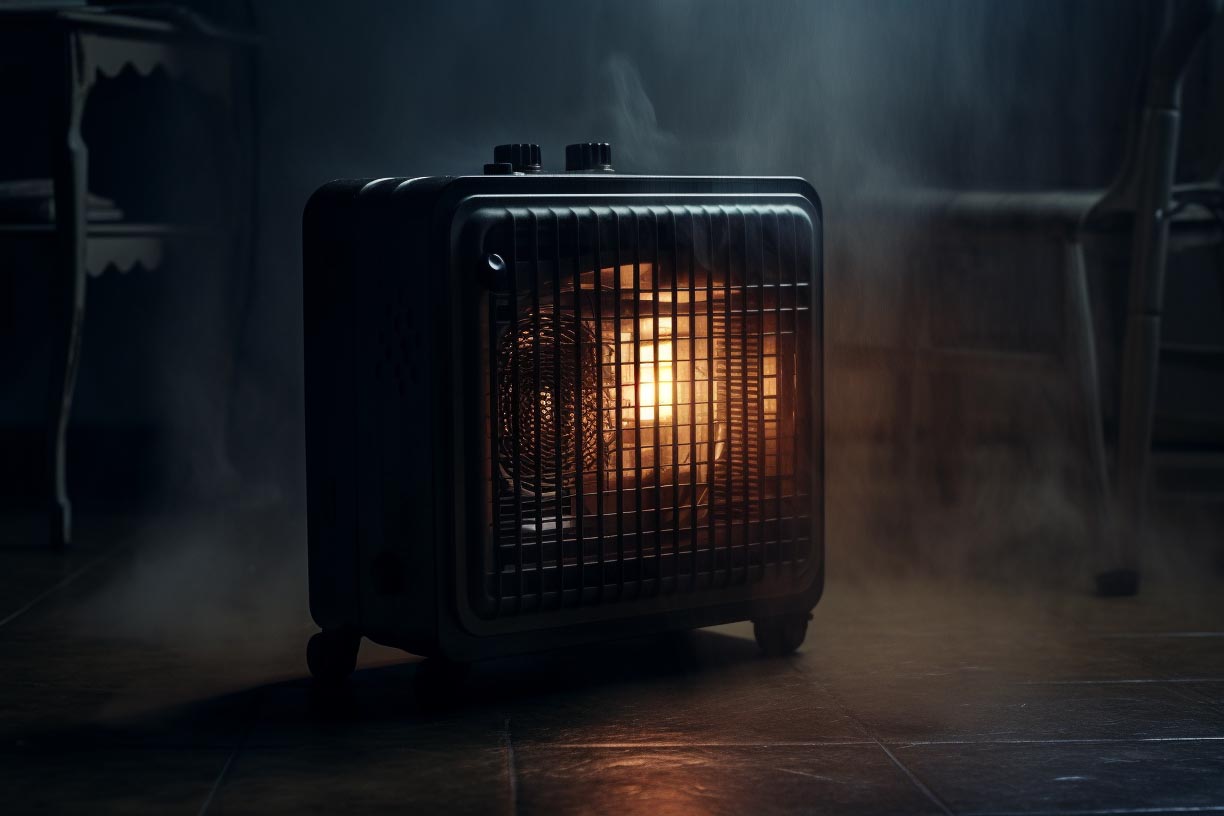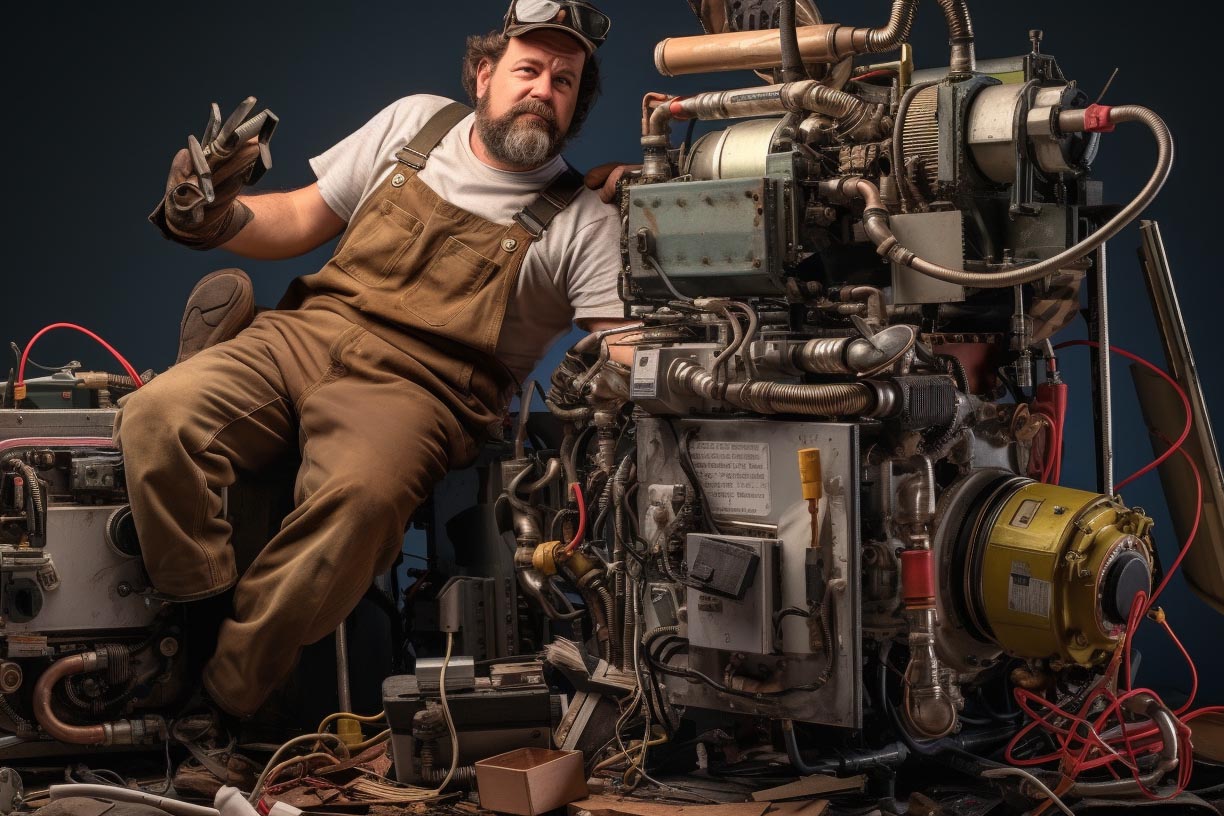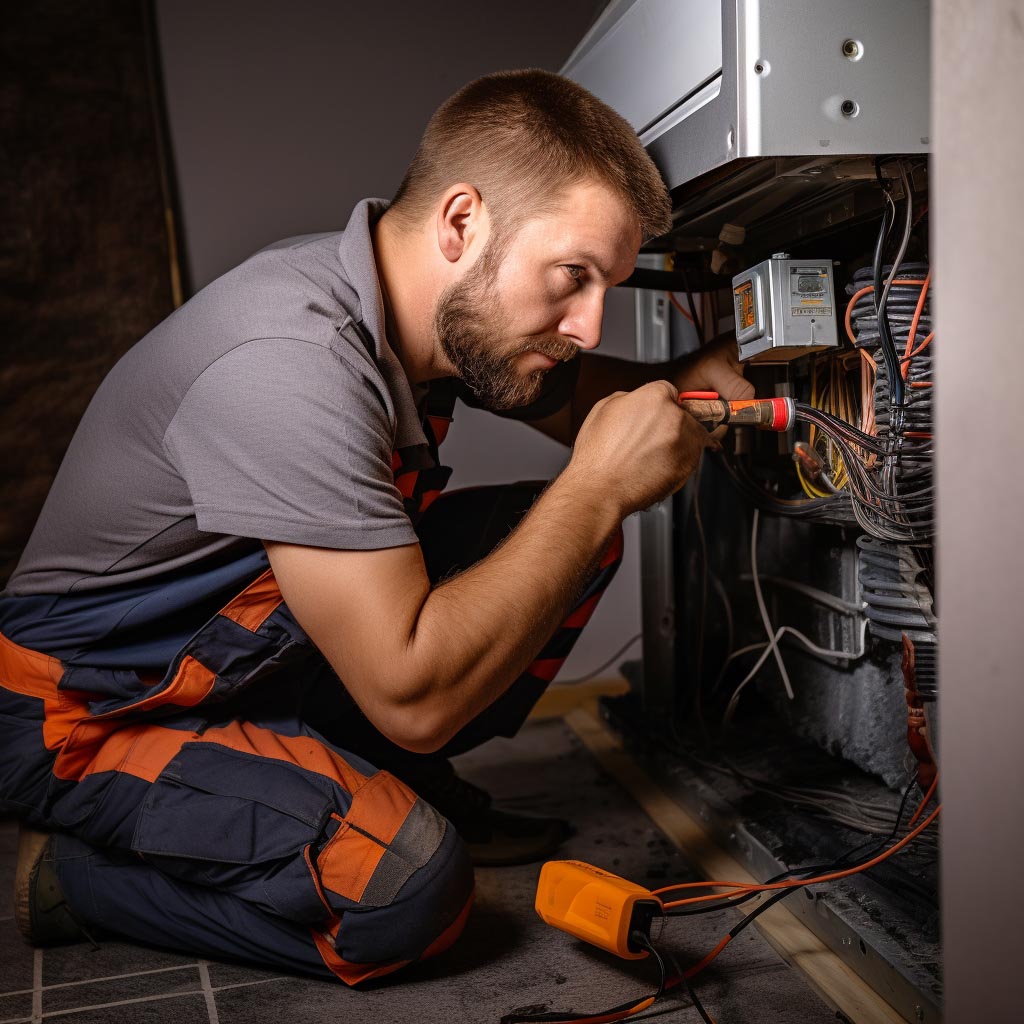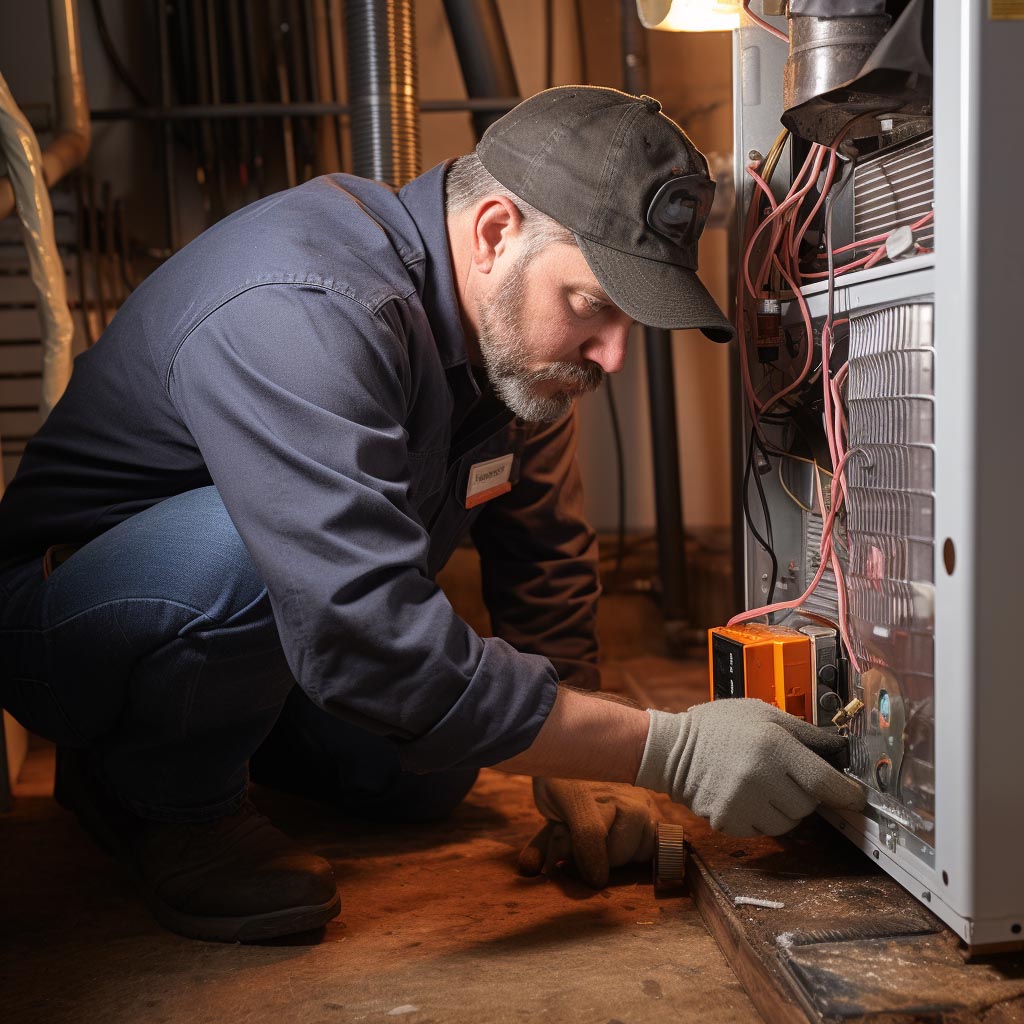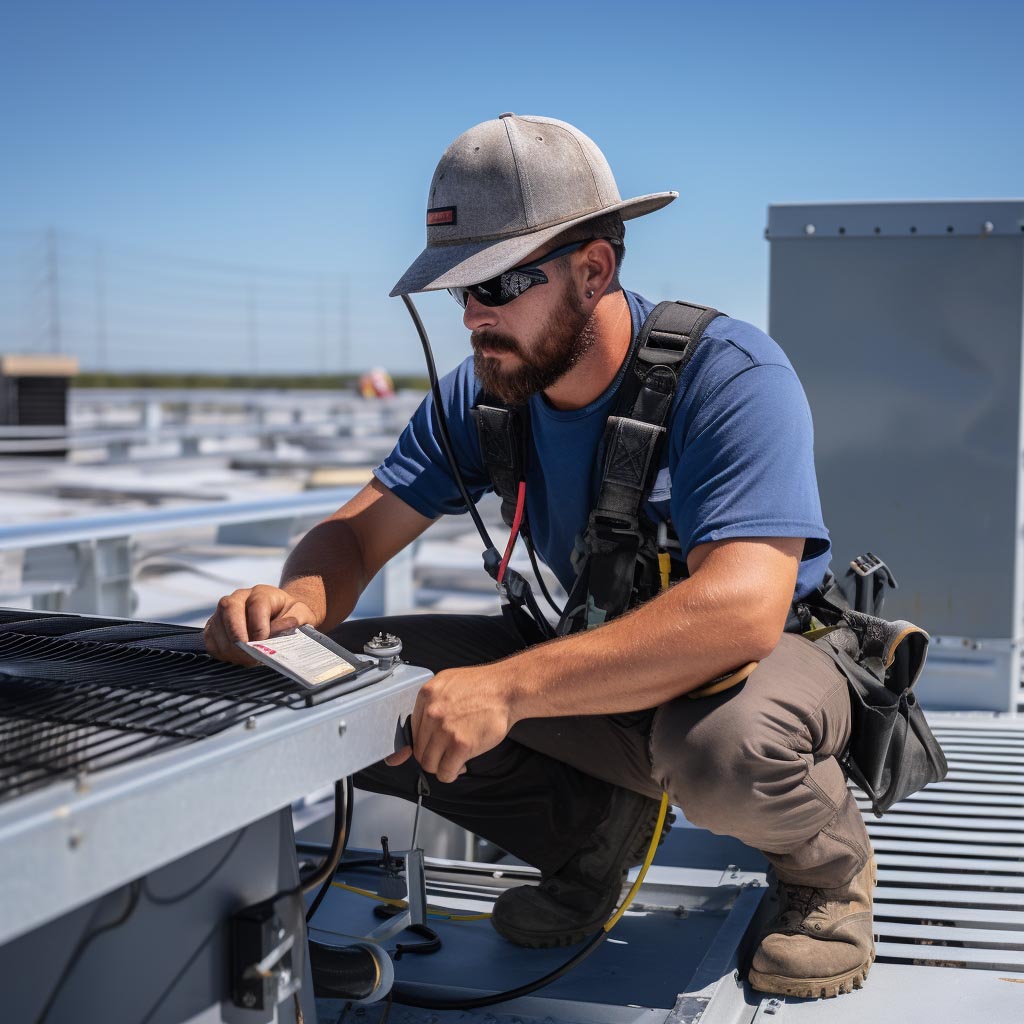What is Carbon Monoxide
Understanding Carbon Monoxide Poisoning
Carbon monoxide (CO) is a colourless, odourless, and tasteless poisonous gas produced when fuels such as gasoline, wood, coal, natural gas, or kerosene burn incompletely ¹. CO is lighter than air and forms through both natural processes, such as forest fires and volcanic eruptions, and human activities, like car engines and gas heaters ². CO poisoning occurs when an individual inhales excessive amounts of this gas, which causes it to replace oxygen in the bloodstream. This eventually deprives essential organs such as the brain and heart of the necessary oxygen, leading to severe health consequences or even death ³.
Symptoms of Carbon Monoxide Poisoning
The symptoms of CO poisoning are often similar to flu-like symptoms, and they may include:
- Headache
- Dizziness
- Nausea or vomiting
- Weakness
- Shortness of breath
- Chest pain
- Confusion
- Blurred vision
- Loss of muscle control
- Loss of consciousness ⁴
It is crucial to be aware of these symptoms and act promptly when they are present, especially if they occur after using fuel-burning appliances or in enclosed spaces. CO poisoning can be fatal if not treated immediately. Regular servicing of gas heaters and proper ventilation can help prevent CO build-up and reduce the risk of poisoning ⁵.
Hazardous Home Appliances
Gas Heater Maintenance
Regular maintenance of gas heaters is essential to prevent carbon monoxide poisoning. Gas heaters produce emissions during combustion, which can include carbon monoxide, an odorless and colorless gas that is extremely dangerous when inhaled. To ensure your heating system is functioning safely, have it serviced by a qualified HVAC professional annually. They will check the vents and flues, ensuring that fumes are properly released outside your home.
Installing a carbon monoxide detector is another vital step in protecting yourself and your family from carbon monoxide poisoning. Choose a battery-operated detector that meets the UL standard and has a digital display. Place it near your gas heater and other potential sources of carbon monoxide, such as fireplaces or gas ranges. Test the detector regularly and replace the batteries as needed.
In addition to maintaining your gas heater and installing a carbon monoxide detector, it is also essential to provide adequate fresh air circulation in your home. Open windows and doors to allow fresh air in, particularly when using appliances that emit fumes.
Other Problematic Appliances
Apart from gas heaters, other home appliances can also produce carbon monoxide if not properly maintained or used. Wood-burning fireplaces, for instance, can generate carbon monoxide if the chimney is not cleaned and properly vented. Similarly, charcoal grills should never be used indoors or in an enclosed space, such as a garage or basement, as they emit potentially deadly levels of carbon monoxide.
Vehicles, especially cars, are also a significant source of carbon monoxide. Ensure your car’s exhaust system is working correctly and avoid running your vehicle inside a closed garage. Always open the garage door before starting your car to allow fumes to escape.
Other appliances that can be hazardous if not well-maintained or correctly used include gas ranges, ovens, and furnaces. Make sure these appliances are regularly serviced and adequately vented to reduce the risk of carbon monoxide buildup.
By diligently maintaining your home’s heating system, appliances, and vehicles, as well as using carbon monoxide detectors, you can significantly lower the risk of carbon monoxide poisoning and ensure a safe living environment for you and your family.
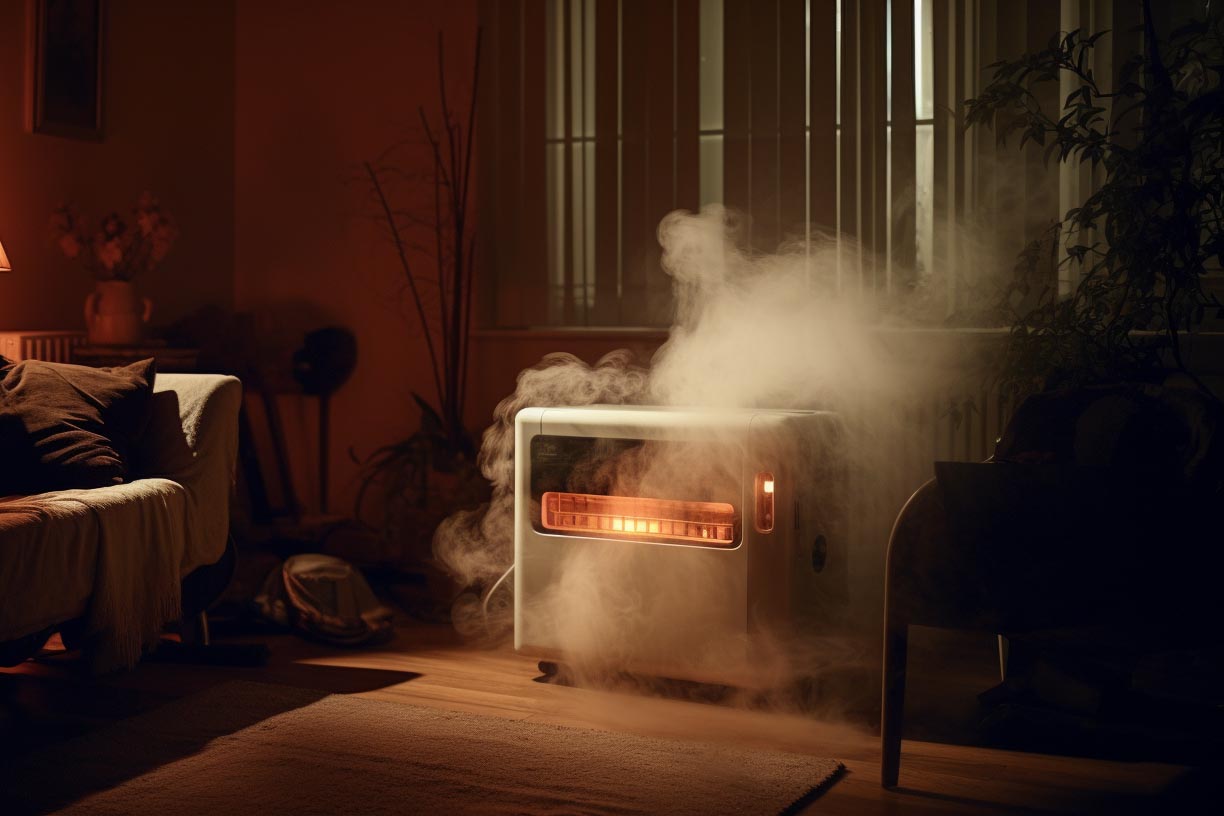
Prevention and Safety Measures
Detection and Alarms
To effectively prevent CO poisoning, it is essential to install battery-operated or battery back-up CO detectors in your home. It is crucial to check or replace the battery when you change the time on your clocks each spring and fall. In case the detector sounds, immediately leave your home and call the emergency services. Moreover, promptly seek medical help if you suspect CO poisoning and experience symptoms such as dizziness, light-headedness, or nausea.
In addition to CO detectors, proper ventilation is necessary to ensure the range or exhaust system in your kitchen effectively removes any potential CO buildup. Regularly check your gas appliances for any signs of debris or blockage, and keep generators outside and well away from windows and doors to minimise CO exposure.
Regular Gas Heater Servicing by HVAC contractors
Regular maintenance of your gas heater carried out by professional HVAC contractors is key to preventing carbon monoxide poisoning. Engaging in routine servicing helps identify any issues that might cause CO leaks, such as damaged ventilation systems, blocked exhausts, or faulty burners.
During servicing, the technicians will perform the following tasks:
- Inspect the heater’s exhaust system and ventilation for any blockages or debris
- Check for any leaks in gas lines or connections
- Evaluate the combustion process to ensure the heater is burning the fuel efficiently and completely
- Test the CO detector batteries and functionality
Besides regular servicing, avoid using propane or charcoal grills, hibachis, or portable camping stoves inside your home, tent, or camper, as they can produce dangerous levels of CO. Furthermore, never operate gasoline-powered engines, such as generators, in enclosed spaces like garages.
In conclusion, investing time in proper detection and alarm systems, coupled with regular gas heater servicing, will significantly reduce the risk of CO poisoning. Always prioritise your safety and seek immediate medical attention if you experience any symptoms. Implementing these prevention measures will not only keep you and your loved ones safe but also prolong the lifespan of your gas appliances.
Understanding and Addressing Risk Factors
Carbon monoxide poisoning is a dangerous condition caused by the inhalation of carbon monoxide (CO) gas, which is odourless, colourless, and produced when organic fuels such as wood, gasoline, coal, natural gas, or kerosene burn source. High levels of CO can lead to life-threatening consequences, making it essential to understand and address risk factors associated with CO exposure.
Fuel-burning appliances, such as gas heaters, can produce CO gas, posing a risk for poisoning if not properly maintained or operated. Regular servicing by a qualified technician can prevent CO build-up, ensuring the safe operation of these appliances. Furthermore, installing CO detectors near sleeping areas and on every floor of the home offers additional protection by alerting individuals to the presence of CO before it reaches dangerous levels.
Infants, children, older adults, and individuals with chronic illnesses or impaired immunity are more susceptible to the effects of CO poisoning. Therefore, paying attention to proper appliance maintenance and CO detector installation is particularly crucial in households with vulnerable occupants.
Symptoms of CO poisoning include headache, dizziness, weakness, blurred vision, confusion, and loss of consciousness source. Those experiencing these symptoms should immediately move to fresh air and call emergency services, as delayed treatment can lead to severe complications or even death.
Proper ventilation in areas where organic fuels are burned is essential for minimising the risk of CO poisoning. This includes both indoor spaces, such as garages, and vehicles with engines running. Additionally, keeping car exhaust systems in good condition can reduce the amount of CO released.
It is important to not ignore the signals given by CO detectors, as this could result in a dangerous situation. If a detector sounds an alarm, everyone should evacuate the area and contact emergency services for assistance. In cases of suspected CO exposure, individuals should visit the emergency room for an evaluation, as prolonged exposure can damage vital organs, including the brain and heart.
In conclusion, understanding and addressing risk factors associated with carbon monoxide poisoning can significantly reduce the potential for harm. Regular servicing of gas heaters, proper ventilation, and prompt response to CO detectors are crucial steps in ensuring the safety of all occupants in a home or building.
Frequently Asked Questions
What are the signs of carbon monoxide leakage?
Signs of carbon monoxide leakage may include the presence of soot or discoloured flame from gas appliances, heavy condensation in the room containing the appliance, and possible physical symptoms such as headache, dizziness, nausea, and confusion which can indicate CO poisoning. It is advised to install a carbon monoxide detector in the home to alert you before any dangerous levels are reached.
How do I properly ventilate a gas heater?
Proper ventilation is crucial in preventing CO buildup. Ensure that the room containing the gas heater has adequate fresh air supply through vents, windows, or doors. Additionally, never cover or block any vents or airways on the heater, and avoid using it in an enclosed space such as a garage or tightly sealed room.
Which gas heaters are less prone to CO issues?
Gas heaters with flues or vents that expel combustion gases outside the home are generally less prone to CO issues. Examples include vented space heaters, central heating systems, and certain types of wall furnaces. Always opt for heaters with safety features such as oxygen depletion sensors and automatic shutoff mechanisms.
What maintenance tasks prevent CO poisoning?
Regular maintenance of gas heaters is essential to prevent CO poisoning. This includes cleaning the appliance’s filters, burners, and ventilation systems, as well as checking for gas leaks, proper combustion, and secure connections. Ensure that the heater is functioning according to the manufacturer’s instructions and recommendations.
When should I have my gas heater serviced?
It is recommended to have your gas heater serviced by a qualified technician annually, preferably before the heating season begins. This ensures that your heater is functioning optimally, and any potential issues related to CO emissions are addressed.
Where should a carbon monoxide detector be placed?
A carbon monoxide detector should be installed on every level of your home, including basements, and near sleeping areas. Avoid placing detectors near open windows, vents, or within close proximity to appliances, as this may lead to false alarms. Remember to regularly test the detectors and replace batteries as needed.

